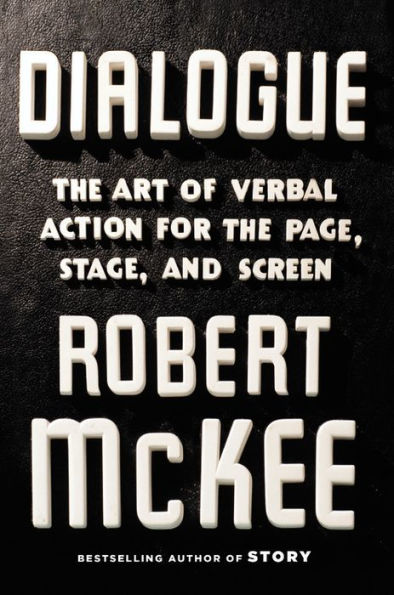Table of Contents
Preface: In Praise of Dialogue xiii
Introduction xvii
Part 1 The Art of Dialogue
Chapter 1 The Full Definition of Dialogue 3
Dramatized Dialogue 5
Narratized Dialogue 5
Dialogue and the Major Media 10
Dialogue Onstage 11
Dialogue Onscreen 13
Dialogue on Page 14
Indirect Dialogue 19
Chapter 2 The Three Functions of Dialogue 22
Exposition 22
Characterization 40
Action 42
Chapter 3 Expressivity I: Content 45
The Said 46
The Unsaid 47
The Unsayable 48
Action versus Activity 49
Text and Subtext 51
Chapter 4 Expressivity II: Form 53
The Conflict Complex 53
Dialogue Onstage 58
Dialogue in Film 61
Dialogue on Television 67
Dialogue in Prose 68
Chapter 5 Expressivity III: Technique 77
Figurative Language 77
Paralanguage 79
Mixed Techniques 80
Line Design 81
Economy 89
The Pause 90
The Case for Silence 91
Part 2 Flaws and Fixes
Introduction: Six Dialogue Tasks 95
Chapter 6 Credibility Flaws 97
Incredibility 97
Empty Talk 99
Overly Emotive Talk 99
Overly Knowing Talk 99
Overly Perceptive Talk 100
Excuses Mistaken for Motivation 100
Melodrama 102
Chapter 7 Language Flaws 105
Clichés 105
Character-Neutral Language 106
Ostentatious Language 107
Arid Language 109
Prefer the Concrete to the Abstract 109
Prefer the Familiar to the Exotic 109
Prefer Short Words to Long Words 109
Prefer Direct Phrases to Circumlocution 112
Prefer an Active to a Passive Voice 113
Prefer Short Speeches to Long 114
Prefer Expressive Language to Mimicry 115
Eliminate Clutter 116
Chapter 8 Content Flaws 117
Writing On-the-Nose 117
The Monologue Fallacy 121
The Duelogue 123
The Trialogue 128
Chapter 9 Design Flaws 131
Repetition 131
Misshapen Lines 135
Misshapen Scenes 141
Splintered Scenes 142
The Paraphrasing Trap 143
Part 3 Creating Dialogue
Chapter 10 Character-Specific Dialogue 147
The Two Talents 147
Vocabulary and Characterization 151
The Principle of Creative Limitation 152
Locution and Characterization 153
Principle of Character-Specific Dialogue 155
Culture and Characterization 155
Chapter 11 Four Case Studies 158
The Tragedy of Julius Caesar 158
Out of Sight 161
30 ROCK 166
SIDEWAYS 171
Part 4 Dialogue Design
Chapter 12 Story/Scene/Dialogue 181
Inciting Incident 182
Story Values 182
The Complex of Desire 183
Forces of Antagonism 188
Spine of Action 189
Story Progression 191
Turning Points 191
Scene Progression 192
The Beat 192
Five Steps of Behavior 193
Introduction to Seven Case Studies 194
Chapter 13 Balanced Conflict (THE SOPRANOS) 197
Chapter 14 Comic Conflict (FRASIER) 213
Chapter 15 Asymmetric Conflict (A Raisin in the Sun) 230
Chapter 16 Indirect Conflict (The Great Gatsby) 245
Chapter 17 Reflexive Conflict (Fräulein Else and The Muse, of Innocence) 256
Chapter 18 Minimal Conflict (LOST IN TRANSLATION) 269
Chapter 19 Mastering the Craft 289
Notes 297
Index 301
About the Author 313



